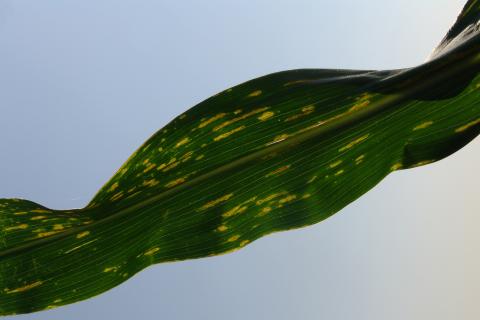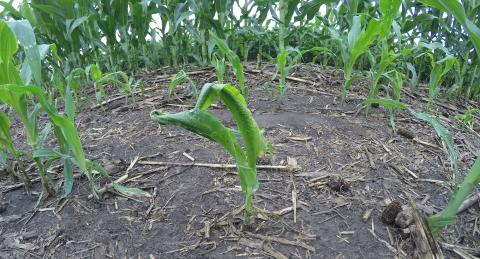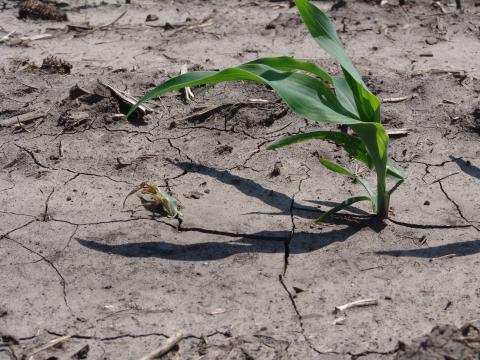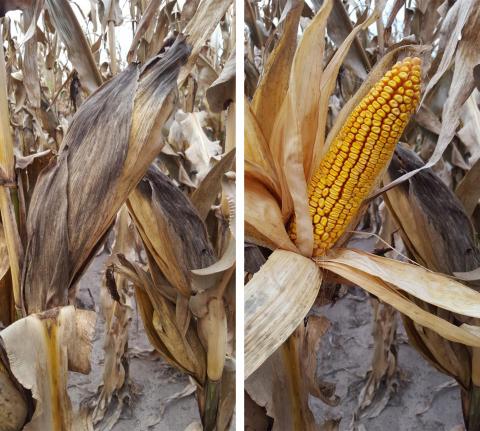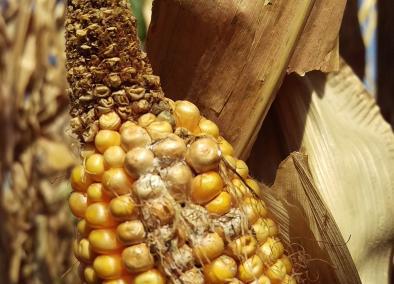Plant & Pest Diagnostic Clinic Report (June 14)
June 15, 2017
The following diseases were reported in samples submitted to the UNL Plant and Pest Diagnostic Lab June 1 to June 14.
Bacterial Leaf Streak Confirmed on V4 Corn in Nebraska
June 15, 2017
Bacterial leaf streak disease has been confirmed on a sample submitted to the UNL Plant and Pest Diagnostic Clinic from Adams County. The corn was at the V4 growth stage and represents the earliest that the disease has been confirmed in a field.
Evaluating Early-Season Hail Damage in Corn
May 25, 2017
Factors to consider when assessing early-season hail damage in corn. Growers urged to wait 7-10 days after hail to make full assessment.
Recent Cold, Wet Conditions are Favorable for Seedling Diseases in Early Planted Corn
May 5, 2017
Recent cold, wet field conditions and fluctuations in soil temperatures have put early planted corn at risk for seedling disease development. Cold soil temperatures and episodes of recent rainfall (and snow) are especially favorable for some of the most common and damaging seedling diseases favored by cold wet conditions.
Update on Bacterial Leaf Streak of Corn in Nebraska
February 23, 2017
Bacterial leaf streak was first confirmed in the US in August 2016 when it was identified in Nebraska corn. It has now been confirmed in 51 Nebraska counties and found in corn fields across the Midwest. This article offers information on current status, identification, and management of the disease. Resistance is not currently available in hybrids and standard management measures of bacterial diseases will help mitigate but not eliminate damage.
What's Causing Black "Dusty" Corn?
October 14, 2016
What's that black dust that some growers are reporting at corn harvest? Plant Pathologist Tamra Jackson-Ziems discusses the cause
Harvest 2016 — When Corn Yields are Below Expectations
October 14, 2016
A review of 2016 growing conditions across Nebraska sheds light on a number of factors that may have contributed to reduced yield in individual fields. An understanding of these factors may be helpful when selecting seed for 2017.

